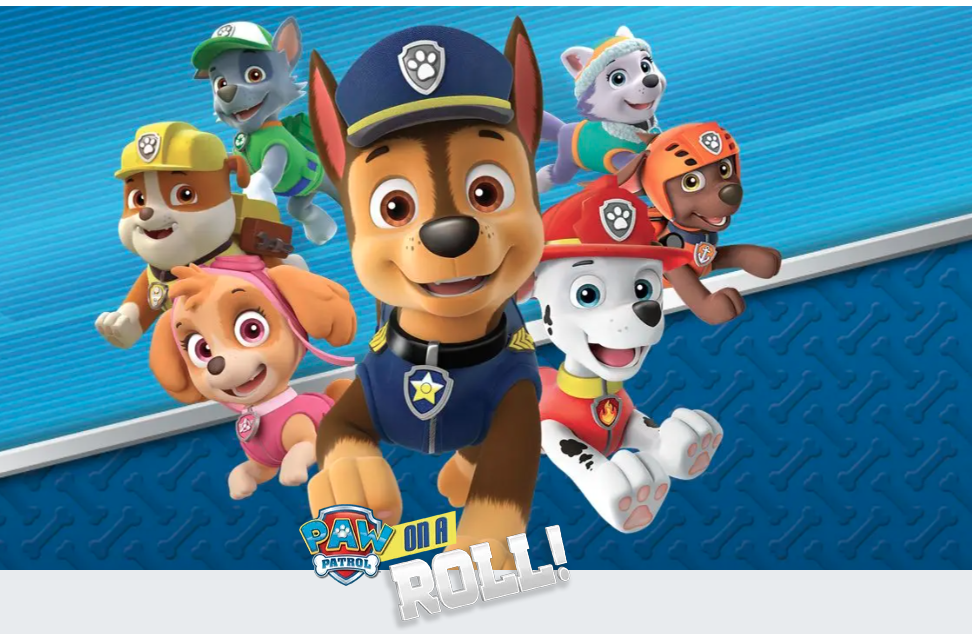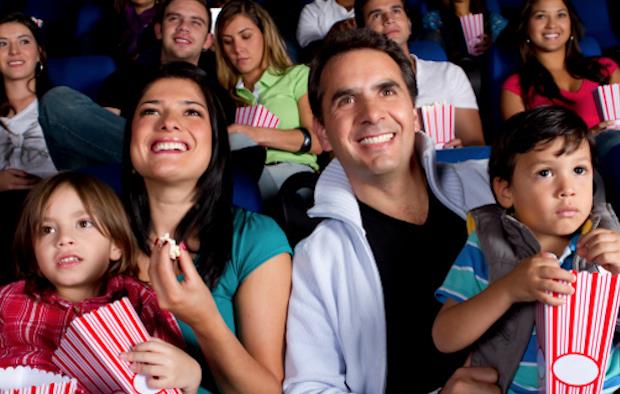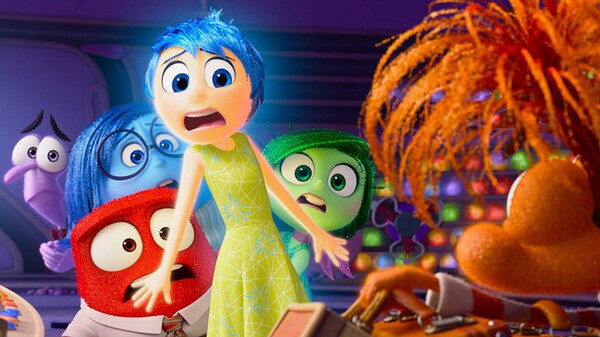Are Disney cartoons still educational for kids?
Despite most parents’ appraisal of Disney animation films who show them to
their kids for entertainment and occasionally for educational purposes and
favourable public opinion, there are many recent academic studies which
have “branded” or written off Disney, or Disney/Pixar films to
be precise, as inadequate products for kids. These studies appear to meet
the prerequisites of Western intelligentsia which is influenced by
gender ideology: Disney films show too much violence, they foster gender
role stereotypes, they propose idealised beauty models, they do not condone
bad behaviour, etc. To add to this, academic studies state that Disney and
Disney/Pixar produce films which negatively influence or do not appear to
promote pro-social behaviour.
The School of Family Life at the Brigham Young University
(University of Provo, Utah) published a study in a prestigious journal, the
Journal of Communication (63 (2), 2013) entitled “Is Disney the Nicest
Place on Earth?” in which the findings clearly contrasted these views.
According to this study, Disney continues to be an entertainment business
for kids of all ages and strongly promotes pro-social behaviour. Laura M.
Padilla-Walker, Sarah M. Coyne, Ashley M. Fraser and Laura A. Stockdale
conducted their research to analyse the subject and examined the
multi-dimensionality of pro-social behaviour in 61 animation films in 2011:
A total of 5,128 minutes of film were analysed and a total of 5,530
pro-social acts i.e. one for every minute of film were found.
Unlike past studies, this one offers a broader idea of pro-social behaviour
which can be considered as “voluntary behaviour intended to benefit
another”. The new definition includes as many material actions of help and
cooperation to others as words of praise and encouragement. It is
interesting to note that there is an equal percentage given to material
types of positive actions to verbal types 51% to 49% respectively. This
simple distinction has not been noted or mentioned in other studies but it
highlights something quite obvious: one does not “just” say things with
words but one does things with them and, as a consequence, “speaking acts”
educate or miseducate socially. As Pope Francis reminds us our
relationships earn more in humanity and warmth if one habitually asks
something with please, says thank you and apologises when he is wrong.
Disney animation films seem to move on those lines.
The study, following the criteria of cognitive sociology, breaks down the
motivations of pro-social actions into the following categories; “public”
i.e. fed by need of recognition and approval of others, “emotional” whose
end is to help those who suffer or who are in a state of anxiety (for
example, in
Tangled
when Pascal is comforts Rapunzel who is sad). Thirdly, is when the
recipient finds himself in “serious or difficult situations”, like
Robin Hood
who helps the poor. “Anonymous” motivation is when someone shows an
altruistic behaviour and does not seek any personal benefit (in
The Lion King
when Mufasa encourages Simba.) Finally the “obedient” act is driven by a
sense of duty when someone asks for help (like when
Mr Incredible
saves people who ask for help).
The most common reason was altruism and was present nine times more respect
to the emotional, one and a half times more than “serious or difficult
situation”. The second most common reason was to help someone in difficulty
whereas the least present was an anonymous action.
The variety of positive character’s motivations in the 61 animated films
closely examined by this research seems quite encouraging for parents and
educators. Disney cartoons contain one pro-social act every minute or
rather 60 acts an hour (30 if we consider the material acts alone). This
statistic is
seven times more respect to the content level in other kids TV
programmes.
Besides, assuming the findings of social cognitive theory which state that
it is easier to remember situations and characters which have a similitude
with real life, the study analyses the characteristics of the protagonists
too. For example, if it is the author or recipient of a positive action; if
the character of the protagonist (whether human or anthropomorphized like
in Wallet )is realistic; if it looks like children regarding sex,
age and socio-economic status (SES) and ultimately if it has a pleasant
appearance or not. The results of the study show that good actions in
animation films by Disney clearly benefit those who are similar in age,
have a pleasant appearance and share the same socio-economic status. Such
findings support the view that these films reflect real life, men help
women, people are more likely to help one’s friends than strangers.
Therefore, Disney films, by depicting positive social behaviour, if they
have any influence at all in real life, must be a positive one rather than
negative.
Finally, Disney/Pixar are not sexist, though 69% of protagonists of
pro-social acts are male characters against 31% who are feminine. This
proportion corresponds to sex of characters, i.e. there are twice as many
males in protagonist roles than females. What is important to note is that
there isn’t a significant statistic variance between the number of
pro-social actions carried out by either sexes. In other words, both boys
and girls are in equal measure in terms of positive characters.
In conclusion, just as the theory of social cognitive suggest, the repeated
exposure to a certain conduct increases the possibility of long-lasting
assimilation and imitation. From the results of this study, one concludes
that Disney films may have a great potential for reinforcing or promoting
pro-social behaviour amongst children. Notice that this study did not
attempt to establish if there exists in actual fact such influence and what
it consists of. It reflects, however, the variance of action motivations
according to sex. Even in real life girls tend to be more altruistic than
boys, but boys tend to do more pro-social actions in visible public
situations.
Note on methodology
We have seen which was the corpus of the study (61 animation
films), the period (2011) and the variables of coding on pro-social
behaviour –richly detailed than in the previous studies-, as well as the
novelty of the inclusion of verbal actions and broadening the concept of
pro-social behaviour. All this factors combined enhance the quality of the
findings.
The coders have been trained according to the directives of the study and
then a reliable test of coding has been performed (Krippendorf’s
coefficient of agreement). Furthermore, considering the vast number of
pro-social actions (5000) but with a reduced number of films (61), it was
decided (rightly) that the Chi-square was not sufficient to measure the
dependence/independence of variables. For example, determining if a
pro-social action depends on a verbal one or not. For this reason, other
statistical instruments were used: The Wald F test statistic , a “t” for
every individual comparison of results besides its RR – risk ratio test. In
this way, the researchers, for example, can affirm with good evidence that
the “altruistic” reason is nine times more frequent than “public”.
It is plausible to have some kind of reservation when stating that
Disney/Pixar films have a positive influence on kids’ behaviour. It was not
the study’s aim. However, this does not diminish the importance of the
study results. In conclusion, further and different kind of research is
needed to prove a healthy influence of Disney cartoons on kids. But this
one is a welcomed prompter.
Finally, one cautionary remark and that is to say that neither this study
nor us seek to “sanctify” Disney. We know that Disney TV channel and Disney
films for teenagers leave (at times) a lot to be desired!














